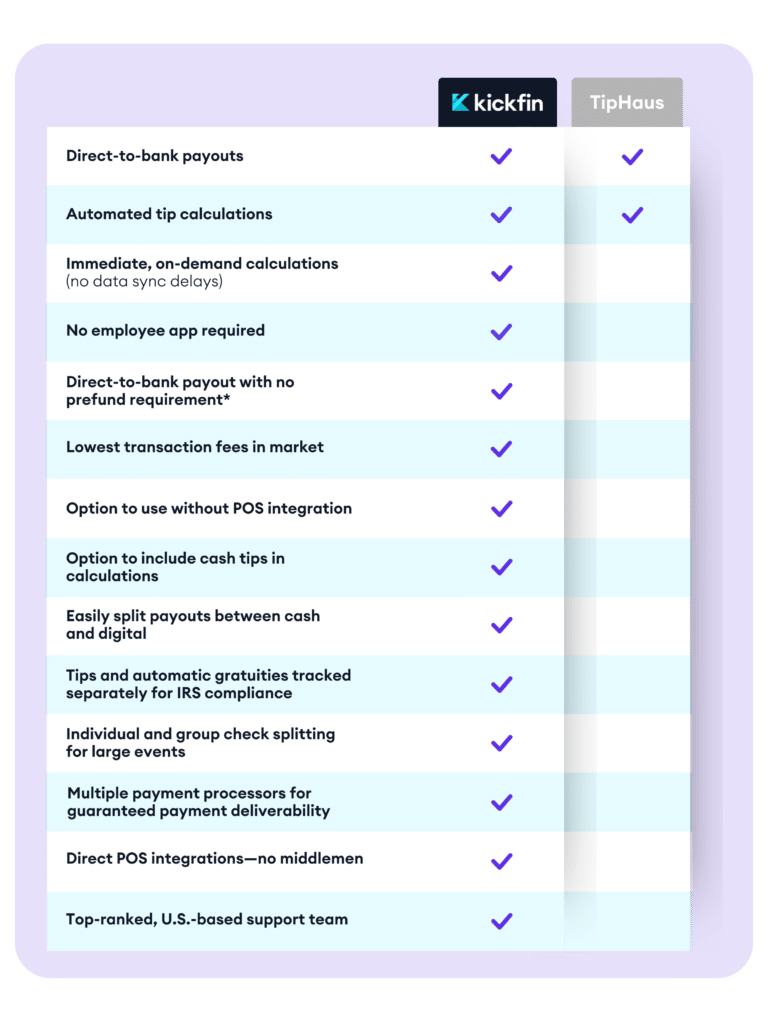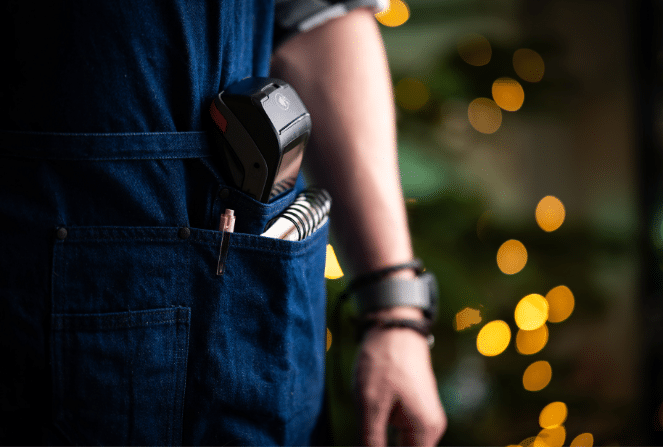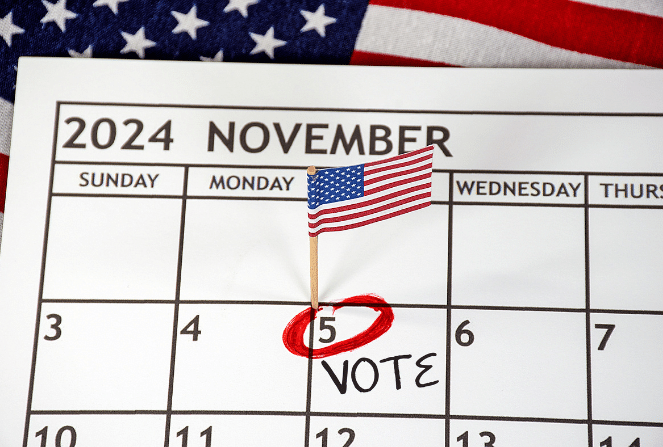If you’re in the market for tip management software, you might find yourself comparing Kickfin and TipHaus.
Kickfin is the largest provider of instant tip payouts on the market and has processed more than $2 billion in employee payments for all kinds of restaurants, from “mom-and-pops” to national franchises — and everything in between.
Kickfin and TipHaus are both designed to digitize tip distribution for restaurants. However, there are some significant differences between the two platforms that you’ll want to consider before making a decision.
Kickfin and TipHaus: Compare at a Glance

Why Do Operators Choose Kickfin Over TipHaus?
Kickfin Offers Better Pricing
Kickfin’s direct-to-bank transaction fees are more competitive than the transaction fees TipHaus quotes their customers.
This is primarily due to the fact that Kickfin is the largest provider of instant payouts in the country (validated by Visa and MasterCard data), with more than $2 billion in employee payments and multiple payment processor relationships.
Employees Prefer Kickfin
Kickfin was built to make life easier not just for operators, but also for their employees.
- No app downloads: Kickfin only requires a one-time, 30-second enrollment for employees. (No app downloads or extra phone storage needed!) Payment history and reporting data can be viewed as needed simply by logging into their browser.
- No paycards required: Kickfin also doesn’t require pay cards, while TipHaus offers “HausMoney” as a primary payout option for employees. HausMoney is essentially a pay card that employees’ tips are loaded onto. Funds aren’t available to use until the following day. HausMoney may be free for operators, but many employees don’t want to be forced to use a pay card due to the hassles of transferring funds to their own bank accounts, as well as the transaction fees and wait times they may incur. They’d prefer their earnings streamed to their accounts instantly, after every shift—which is how most Kickfin customers choose to pay out their employees.
Zero Prefunding* With Instant Payouts
With Kickfin, customers can send instant, direct-to-bank payouts with zero prefunding required.* While TipHaus does offer zero prefund, employee payouts must be sent to a TipHaus paycard (HausMoney). In other words, if you want to use a zero prefund option with TipHaus, you won’t be able to offer instant, direct-to-bank payouts to your employees.
Option to Manually Input Tip Data
With TipHaus, a POS integration is required, and all tip payment data is generated by the software’s tip calculator.
Kickfin was designed for ultimate flexibility. While many customers use Kickfin’s POS integration to auto-calculate tip amounts, some restaurants don’t need automated tip calculations and prefer to use Kickfin unintegrated. That isn’t an option with TipHaus.
Additionally, some Kickfin customers use Kickfin to auto-calculate tip pools, then manually upload other tip data on an as-needed basis. This comes in handy when you need to pay out “extra” staff, like entertainers, security guards, etc.
Easy, Accurate Distribution of Auto-Gratuities and Service Charges
Kickfin tracks Tips and Auto-gratuities separately. As a result, you can report those types of payments to payroll separately and handle them independently for tax purposes.
Why does that matter? In light of the 2025 “No Tax on Tips” legislation, tipped employees no longer have to pay federal income tax on the first $25,000 in tips earned each year. However, they do need to pay taxes on earnings from services fees, autogratuities and other compulsory charges that are not considered tips by the IRS.
(If 100% of your service charges does not go to your employees, Kickfin allows the “house account” to retain a portion of service charges, while the rest is distributed to your team.)
Enhanced Tip Calculation Functionality and Features
Kickfin’s Tip Calculator was designed to be both highly robust—so it can handle the most complex tip pooling policies—while also being incredibly simple and intuitive to use.
A few unique things about Kickfin’s Tip Calculator:
- No data sync delays: Tip calculations are immediate and on-demand. With Tiphaus, a data sync process is required which can add extra time to your tip calculation process.
- Built-in flexibility: Kickfin releases new Tip Calculator features on a regular basis based on feedback we regularly source from customers. For example, Kickfin now offers check splitting for both individual checks and groups of checks, making it easier to handle large parties and events.
- Ease of use: Customers regularly shout out our sleek, high-quality user interface compared to other platforms. Notably, we’ve made it easy for managers to review all details before hitting “submit,” ensuring the accuracy of every payout.
Cash Tip Tracking and Payouts
Many operators choose Kickfin because they don’t have enough cash on hand to pay out credit card tips, and they want to reduce the amount of cash handling in their restaurant altogether.
However, we know cash will probably always be (a small) part of the equation. Kickfin makes it easy for you to handle that with some added functionality:
Tips left in cash: If a diner leaves a pile of cash at your table, it might not get recorded in your POS. However, Kickfin allows you to record it and distribute it through our platform.
Cash payouts: Many operators may want to distribute all of the cash left in their register at the end of a business day to avoid bank runs. Again, that’s easy to do with Kickfin.
Multiple Payment Processors for Guaranteed Deliverability
For many employees, especially those living paycheck to paycheck, it’s critical that they receive their tip earnings and that they’re instantly accessible/ready to use.
TipHaus uses only a single processor. Kickfin uses multiple payment processors to ensure deliverability of payouts should a processor experience a disruption or become insolvent.
Direct POS Integrations
All of Kickfin’s POS integrations are direct API integrations, while TipHaus has been known to utilize third-party software to integrate with some POS systems. The problem with third-party software is that it can be susceptible to more connectivity issues, creating problems with data reliability.
Top-Ranked Customer Support
Kickfin has an award-winning Customer Success team that is exclusively focused on helping our operators get the most value possible out of Kickfin.
Every member of our team is based in the U.S. We provide free, personalized training and onboarding for your whole team, and when questions or issues arise, we can be reached by phone, email, text or chat. We also have a robust library of support documentation and videos that provide step-by-step guidance for every aspect of the platform.
Credibility and Recognition
At the end of the day, Kickfin’s large and fast-growing customer base speaks for itself, as do their rave reviews of the platform.
For multiple years, Kickfin has been the only tip management software that is recognized on both the Inc. 5000 and Deloitte Fast 500 lists. Kickfin has received recognition from peer software review sites like G2 and Capterra for consistently high customer rankings and reviews.
*Zero prefund is available to select customers after a credit review to confirm their fit with the zero prefund program.
Ready to take the next step?
See why thousands of restaurant pros use Kickfin to auto-calculate tip pools and pay out tips in real time, no cash or math required! Get a demo today.









![[WEBINAR] A Tip Pooling “Deep Dive” with Restaurant Strategy Podcast Host Chip Klose](https://kickfin.com/wp-content/uploads/2023/05/Car-Wash-Show-Postcard-April-2023-1-1.png)
